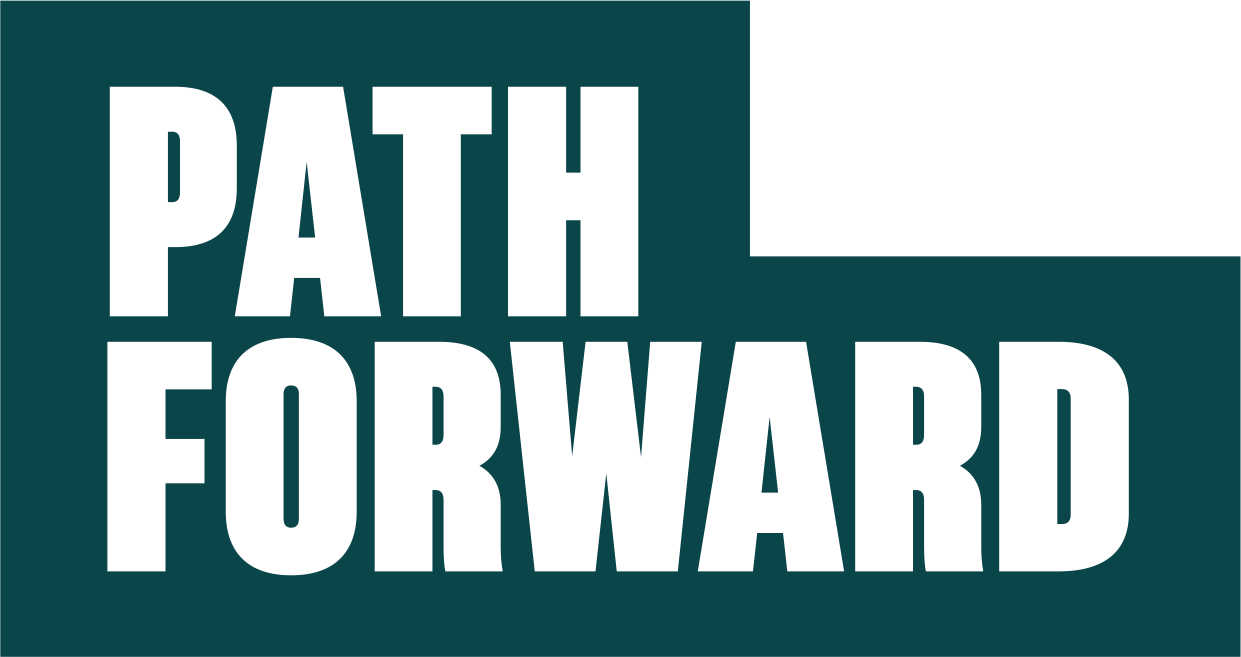The 75% Solution
The quest for the “perfect solution” is often, ironically, the source of failure.Of course, if our clients are building bridges, commercial airliners, or heart monitors, we encourage them to strive for perfection.But in the world of leadership, the quest for perfection is a fool’s errand. When we lead, we deal with two variables that are inscrutable, elusive, and complex.The first is the future. We cannot definitively ascertain it. We can only make educated guesses.The second is people. Leaders must not only deal with, but embrace, the complexity of relationships, our imperfect modes of communicating and understanding, and our … humanness. To expect human beings to be as predictable and controllable as plastic or steel or electricity is to fundamentally misunderstand the challenge of leadership.So leaders often find themselves making decisions in decidedly gray areas — where perfection isn’t an option. This simply paralyzes some leaders.I find the quest for perfection particularly prevalent among leaders with a technical background — medical, engineering, IT, and the like. These are people trained to find flaws — and then to imagine or prove how these flaws might contain the seeds of disaster.But leading an organization isn’t really much like building a bridge. If discerning the future, or people’s behaviors, were subject to Newton’s laws, we would always want engineers running our organizations. (And if you are an engineer-CEO, please don’t send me hate mail.) But the art of leadership sometimes involves decision-making that would get an architect or an engineer fired on the spot. (Really, Boss, I was 75% sure that building would stay up!)So, when faced with a key personnel, strategic, or logistical challenge, ask yourself: “How certain do I need to be — and how certain am I, based on what I know today?” Sometimes 75% is all you can get, and you have to move with what you’ve got. I know more leaders who failed by failing to make decisions than by making bad ones.
YOUR PATH FORWARD:Make a list of all the decisions that are in front of you today. Decide what information you might need — or not — to make reasonable decisions right away. Determine the risks of waiting to make decisions. If you have time to collect more information before deciding, that’s fine. But will the extra time and information make you enough more certain of your decision to justify the delay?
